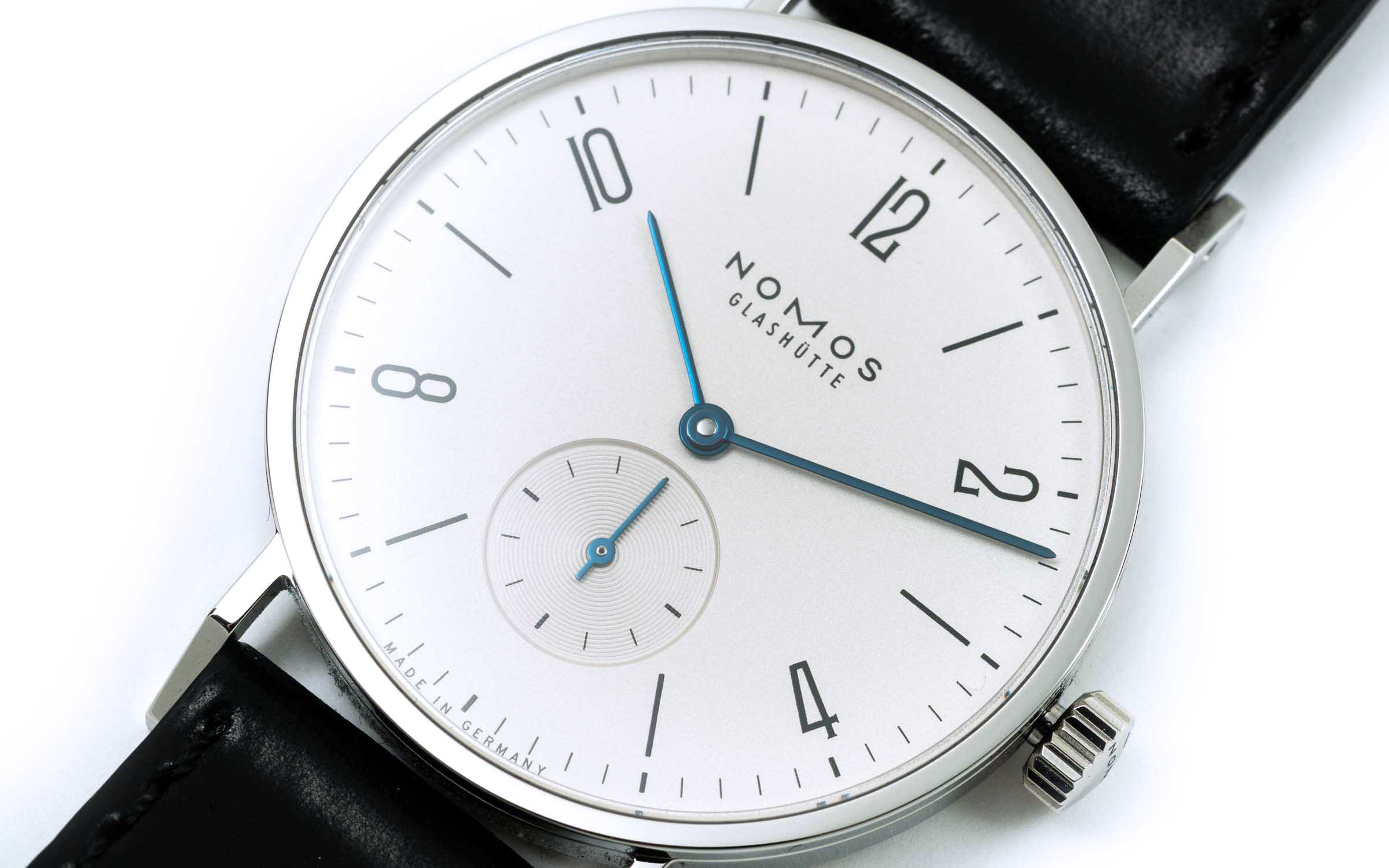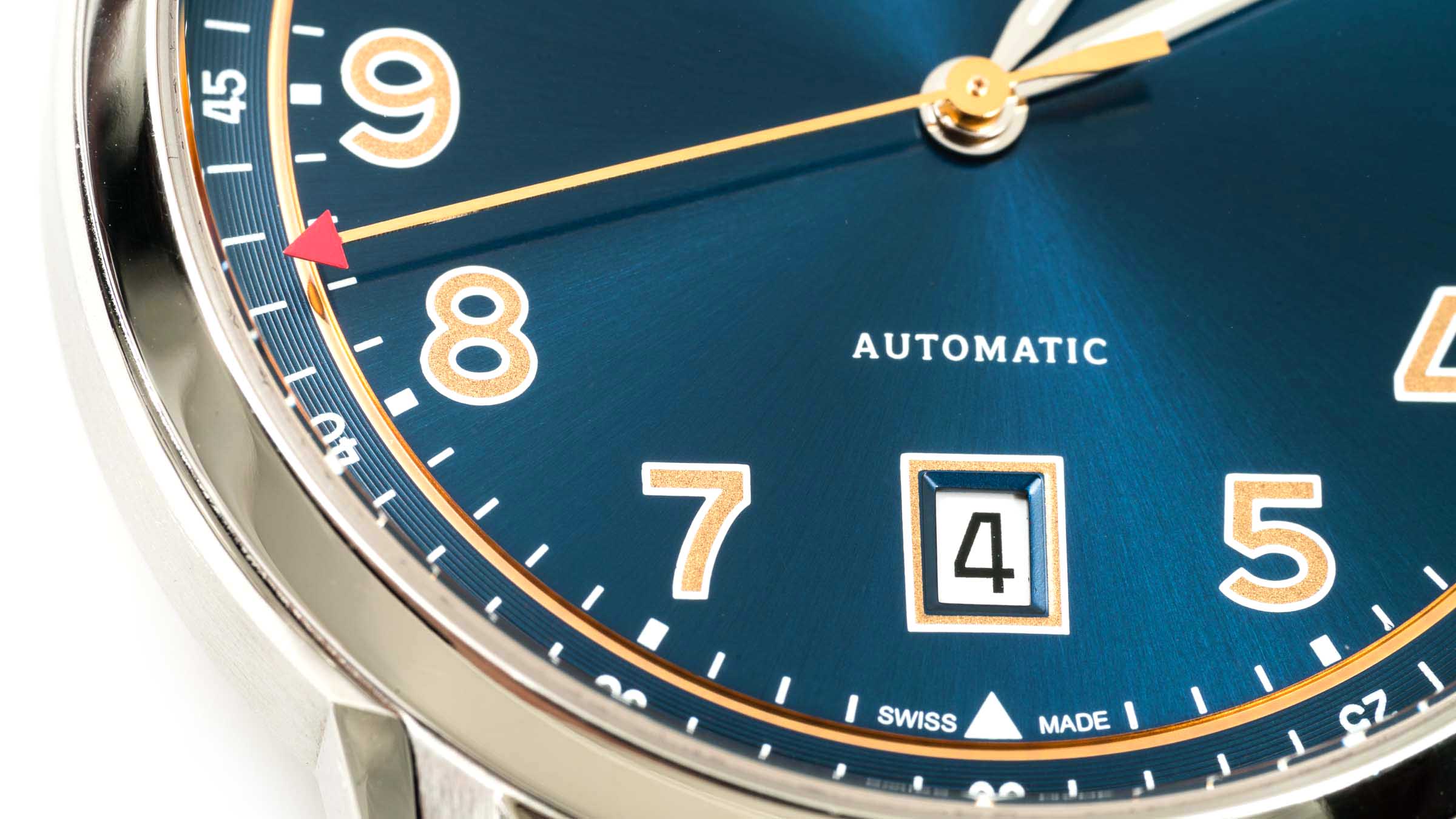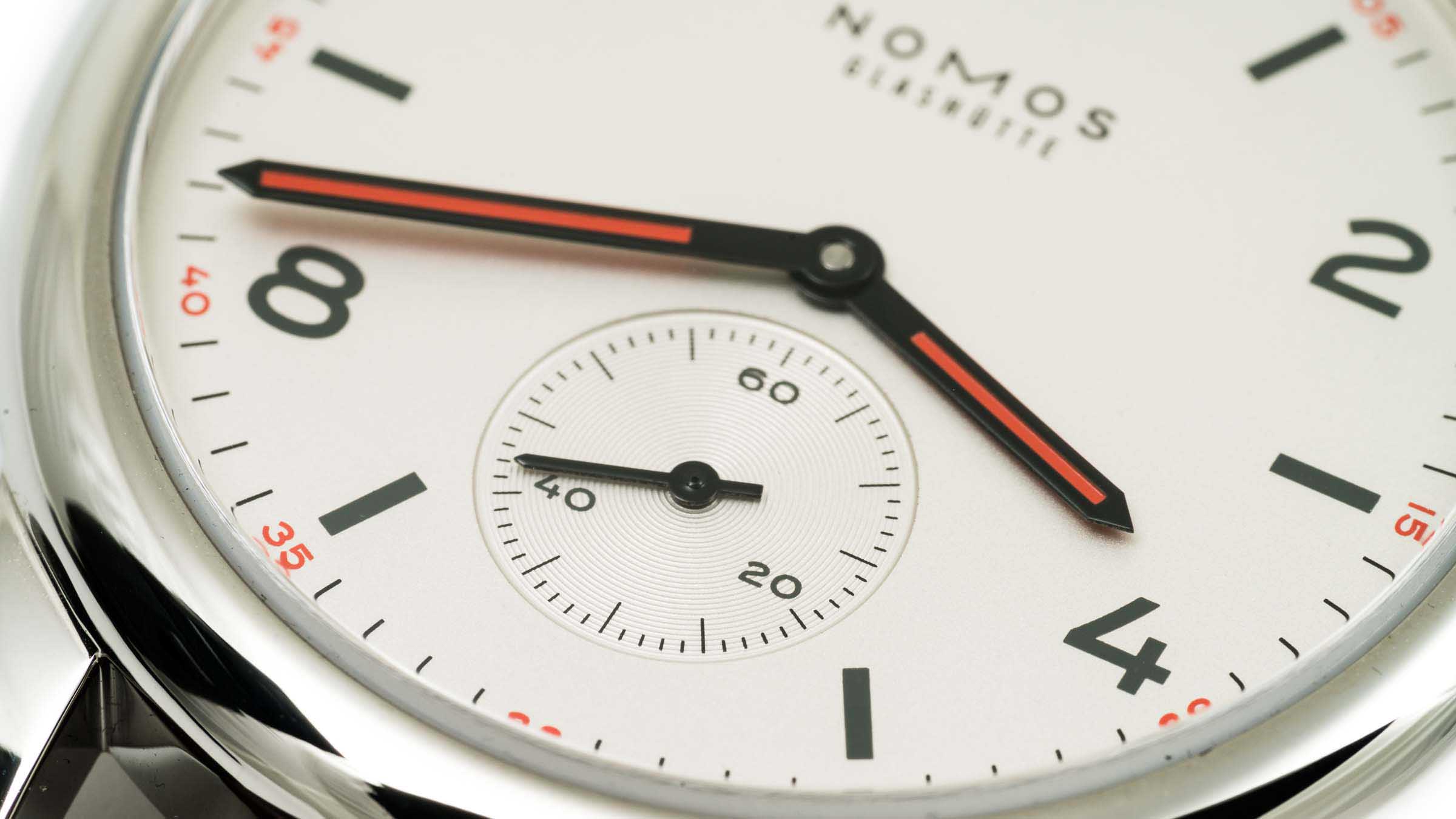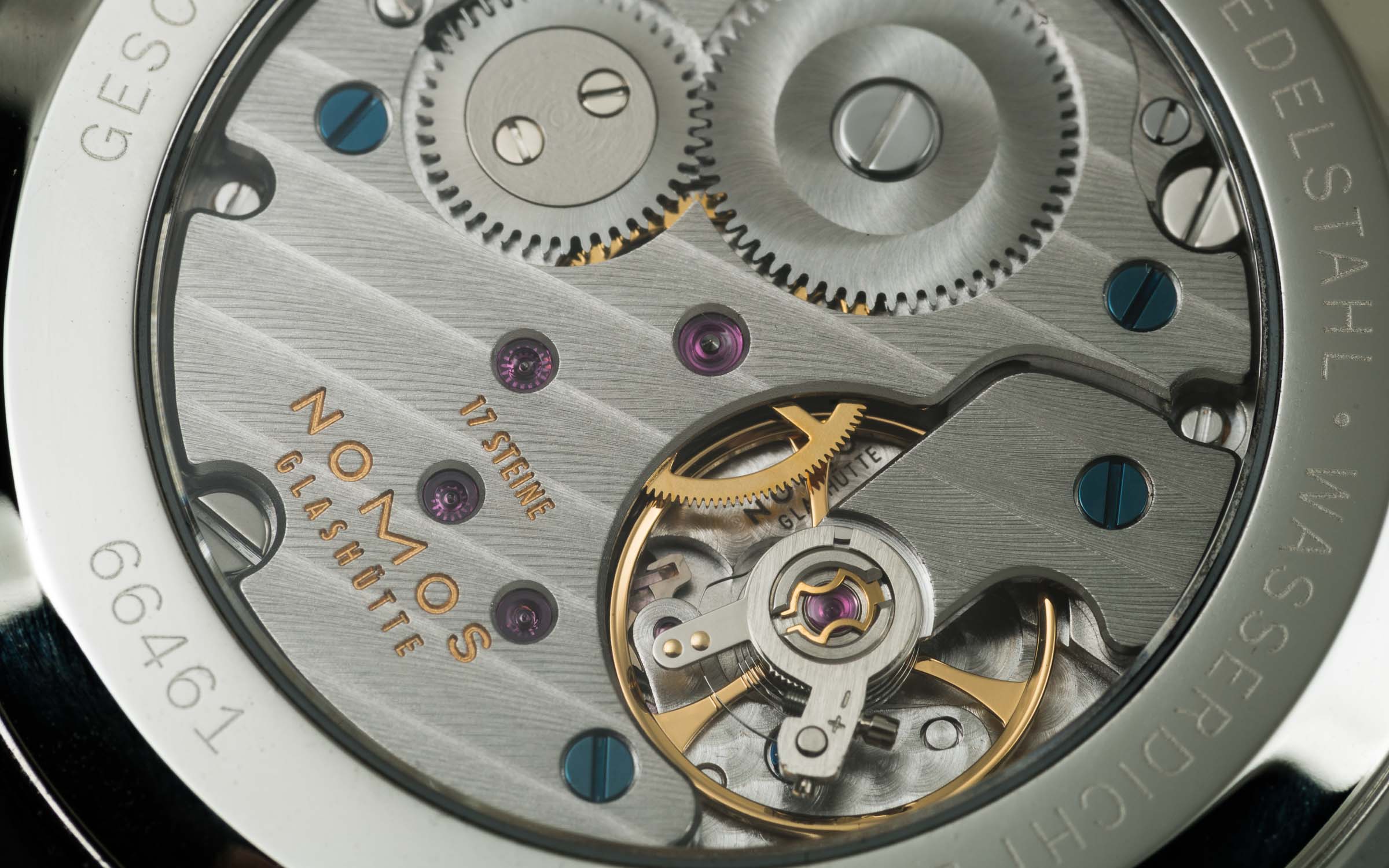The Apple Watch got me hooked on mechanical watches

I never thought I’d be a watch person. (Or that I’d wear blue shorts.)
I didn’t need a watch. I had a phone and a computer to tell me the time.
But I got the Apple Watch on day one, because I’m a responsible iPhone app developer and I knew I’d need to port my app to it. I wore it almost every day for the next eight months.
The Apple Watch is a confused product, designed like a tiny iPhone, which is as misguided as it would’ve been to design the iPhone with the Mac’s UI and app structure. The result is promising, but clunky and slow. It could be so great at its three most useful functions — notifications, activity tracking, and timekeeping with robust complications — if only they were more reliable and better executed. Someday, I hope they are.
To be great, the Apple Watch needs to be rethought to do less, better. I see no signs that Apple is heading in this direction, but never say never.
Despite its flaws, owning the Apple Watch has a lot of upsides. The activity tracking, when it worked reliably, encouraged me to exercise regularly and improve my health. The notifications, when they’re delivered reliably, save many cumulative seconds pulling my phone out to see why it vibrated.
And, actually, it’s pretty nice to have the time on your wrist. Who knew?

As it turns out, some people had already discovered this.
Timekeeping on the Apple Watch is especially frustrating: it gets you hooked on having the time always shown on your wrist, but like most of the Watch’s features, it’s unreliable. The screen stays off unless you tap it or twist your wrist, and if it doesn’t recognize the motion properly, you’re just staring at a blank screen until you get impatient and perform a second, exaggerated wrist motion, hoping nobody’s watching.
Even when it works perfectly, there’s a delay of about a second between when you raise your wrist and when the screen turns on. This is fast and convenient compared to checking the time on your phone, but feels like an eternity if you’re accustomed to glancing at a regular watch and having the time already being displayed, every time. Fortunately, I wasn’t.
I was happy enough with its almost-greatness not to look around for a while, except for one problem that I blame Apple entirely for:
The Apple Watch got me to care about watch fashion.

Apple did an excellent job with the Watch’s materials and finishes, and for a wrist computer, it doesn’t look bad, especially in stainless steel. I haven’t found anything else in the watch world that looks and feels as nice as a steel Apple Watch for under $1000.
Most impressively, Apple’s watchbands are truly world-class: the quality, comfort, and versatility of every Apple band completely outclasses everything else I’ve seen and tried in the watch world.
When I first started wearing my steel Apple Watch with the black leather strap, I kept looking at my wrist and thinking, “Damn, that looks nice.”
This was the beginning of the end.
Nobody ever wears one watch, thinks “Damn, that looks nice”, and never wants another watch again.
I was starting to understand fashion. This was going to be bad.
Apple has aggressively pushed the Apple Watch as high fashion, but it’s simply not. It’s a utility watch, much like quartz watches, that has many useful functions and can be made to look very nice but won’t ever be a prestigious fashion item. There’s no shame in that. The sooner Apple realizes this and lets the Watch be what it really is, the better.
Shortly before Christmas, I accidentally found the first mechanical watch that infected my mind so much that I actually wanted — quite badly — to own it. I had many doubts: Would I look ridiculous wearing it? Would I hate setting or winding it? Would I miss notifications, activity tracking, and weather on my watch? Would I wear it briefly but then run back to my Apple Watch and let the mechanical rot in a drawer?

Nope.
I got that watch for Christmas (because my wife is awesome), and I’ve only worn my Apple Watch twice since then (while baking, so I could set timers by voice, and clearing snow, since my phone would be inaccessible). All of my concerns were unfounded.
I love wearing a mechanical watch. They’re functional jewelry: fantastic works of art that I feel great wearing, but also serve a very useful purpose.
Logically, I shouldn’t like these. I’m a usually-rational software developer and computer geek. Mechanical watches are ancient technology that’s outclassed in every objective metric — accuracy, reliability, simplicity, cost — by any inexpensive quartz watch, let alone the high-precision timekeeping and unmatchable connected-computer features on the Apple Watch.
I laughed at the TAG Heuer CEO when he speculated, “Apple will get young people used to wearing a watch and later maybe they will want to buy themselves a real watch.” I even wrote an entire article about the “dumbwatch” being doomed for anyone who tries an Apple Watch because I was an idiot.
But I simply like mechanical watches more. I’ve completely converted, and I don’t foresee myself wearing the Apple Watch much in the future — the additional functionality it offers isn’t useful enough to me (your needs may vary) to overcome the far greater joy I get out of wearing a nice mechanical watch.

A big part of that joy, for me, is that this isn’t like anything else in my life, and the difference is refreshing.
Most of my work and hobbies involve technologically cutting-edge digital electronics reliant on complex, inconsistent software, with a typical lifetime of a few years at most. Almost everything else I use and make is effectively disposable.
As software creeps into ever more objects in my daily life and makes them more capable yet more disposable and less reliable than ever, it’s nice to have something that does less, always works, never needs a software update, requires no cables, doesn’t need to be charged, and whose useful life will probably be longer than mine.